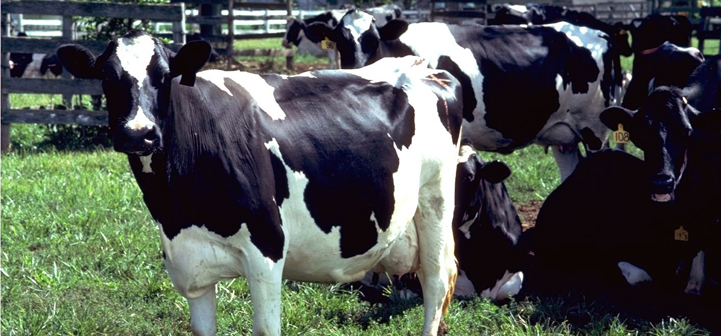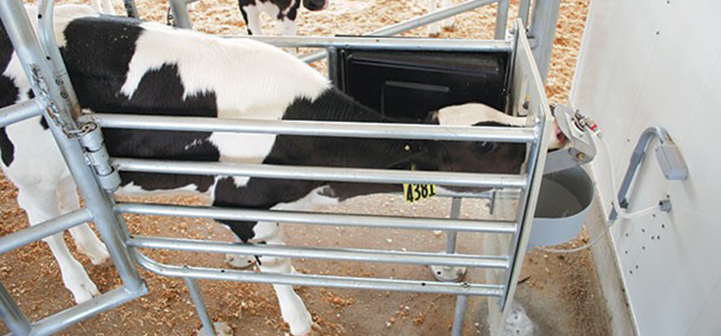If you’re familiar with DAIReXNET, you may have already perused our extensive collection of recorded webinars. But did you know that we have been putting this collection on Youtube? Now you can easily watch webinars on your computer, phone, or even your TV! To get you started, here’s a small selection of our excellent educational presentations on transition cow issues.
Let’s start with nutrition and reproduction, and how the one affects the other. In this presentation, Milo Wiltbank discusses some …





